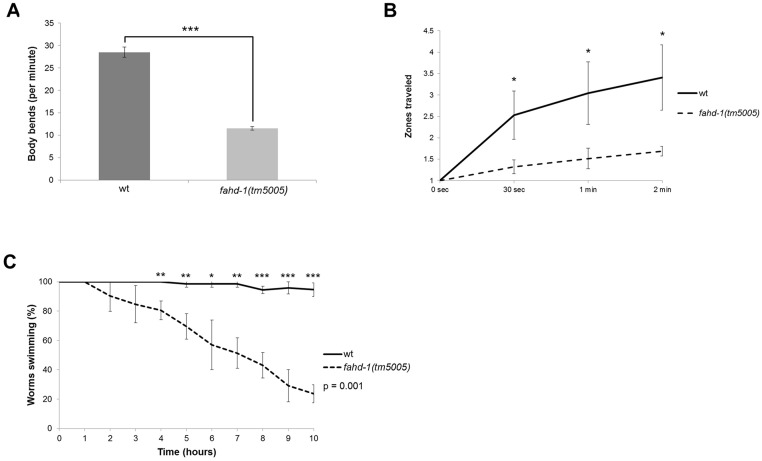Fig 5. fahd-1(tm5005) C. elegans have a locomotion deficit.
(A) 4-day old wild-type and fahd-1(tm5005) animals were placed on an empty NGM plate (without bacterial lawn) and the number of body bends was counted for one minute. fahd-1(tm5005) animals show fewer and more uncoordinated body bends compared to wild-type animals (28.53 ±SD 1.12 for wt vs. 11.57 ±SD 0.42 for fahd-1(tm5005); p = 1.60E-05; N = 3 experiments (30 worms total)). (B) 4-day old wild type and fahd-1(tm5005) worms were put in the center of an NGM plate seeded with E. coli OP50. The radial dispersal rate (see Materials and Methods) was determined for three different time points (30 sec, 1 min, 2 min). The radial dispersal rate is decreased in fahd-1(tm5005) C. elegans compared to wild-type controls (3.41 ±SD 0.76 zones after two minutes for wt vs. 1.69 ±SD 0.11 zones after two minutes for fahd-1(tm5005); p < 0.03 in all cases; N = 3 experiments (90 worms total)). (C) 4-day old wild-type and fahd-1(tm5005) hermaphrodites were screened for their swimming endurance performance in M9 buffer for up to 10 h. Wild-type worms are able to swim significantly longer than fahd-1(tm5005) worms (94.56% ±SD 4.72% swimming after 5 hours for wild-type vs. 23.72% ±SD 6.18 swimming after 10 hours for fahd-1(tm5005); p = 0.001; N = 3 experiments (72 worms total)).

